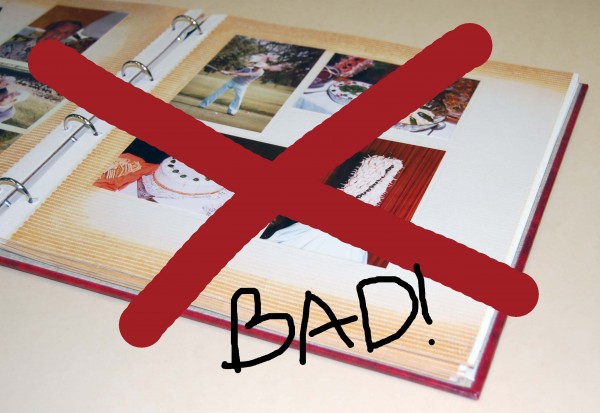ALA’s Preservation Week.
It’s Preservation Week, an initiative headed up by the American Library Association to raise awareness around the millions of artifacts in public collections that require special preservation attention. Photographs, films, videos, manuscripts, artworks and digital material can be invaluable cultural objects, containing unique information not found elsewhere. Many of these objects are in danger of becoming damaged or obsolete over time, and require more care than institutions can offer.
What we’re doing
Ryerson Library is doing its part by digitizing photographic and film materials that are degrading, including producing digital scans of the Canadian Architect photograph collection to make them accessible, and freezing the negatives to stop further damage to the original objects. Propaganda and documentary films from the Leniniana collection have also been digitized and are now accessible without having to run the fragile films through aging projectors.
What you can do
Closer to home, what happens to all those selfies you take? The likelihood is you’re not printing them (Some estimate that over 80% of all photographs taken now remain digital and are never printed out). The speed at which technology changes makes this is a cause for concern. Vint Cerf, Vice President of Google, noted at a meeting of the American Association for the Advancement of Science that the loss of our primarily digital culture due to obsolescence may create a “forgotten generation, or even a forgotten century”.
There are some simple steps you can take at home to protect your personal digital photos, videos and file:
- Don’t keep everything: every once in awhile, go through your images and select the most important memories to keep. Do you really need all those photos of your cat?
- Organize your stuff: use a file organization and file naming system that makes sense to you. This could be chronologically, by subject or a combination of those (ex. by year and then by event).
- Make several copies: store your important files in a few different places (on your desktop, on a portable hard-drive, DVD, or on cloud storage), and make sure at least one copy is physically in a different place. Be careful relying solely on third party providers, if a company goes out of business you might be out of luck!
- Save files in common formats: proprietary files such as raw image or specialized software formats are at a higher risk of becoming obsolete. Save important files in high-quality formats like PDF or TIFF.
For more information on preserving different file formats, see the Library of Congress Personal Archiving site for helpful tips.
Feeling old school?
Still taking polaroids? Do you have boxes of old family photographs in your closet? Or worse, one of these:
For information on how to preserve them, see this Archives and Special Collections blog post from last summer about caring for your family photos.
Celebrate Preservation Week with us, back up your photos and videos!
Alison Skyrme
Special Collections Librarian
